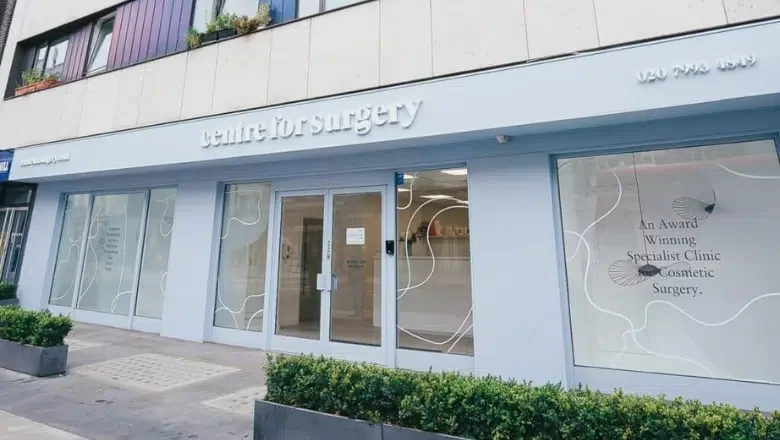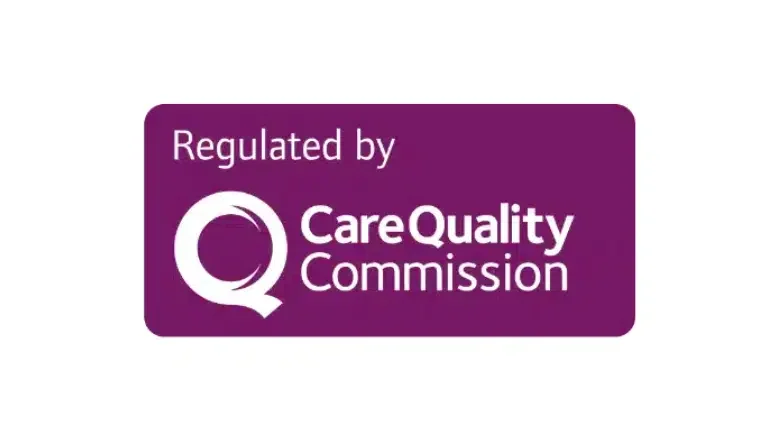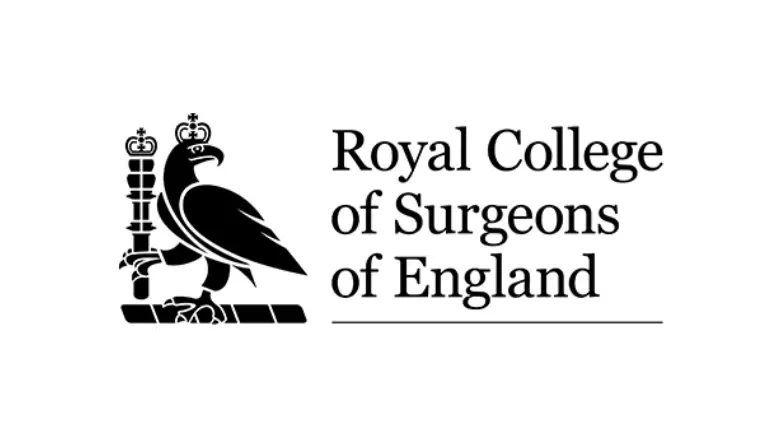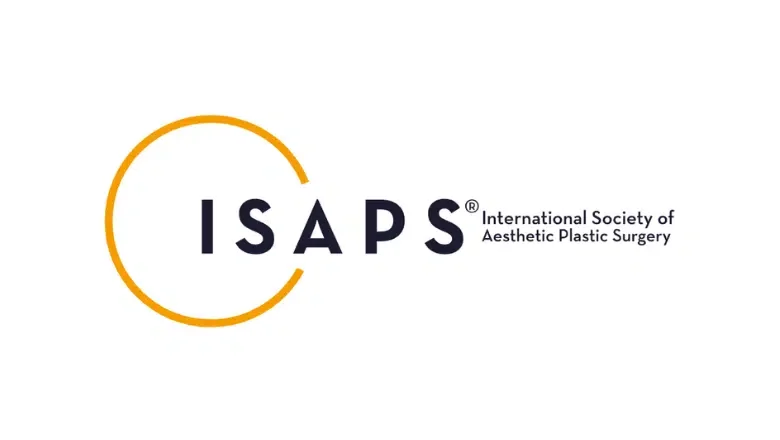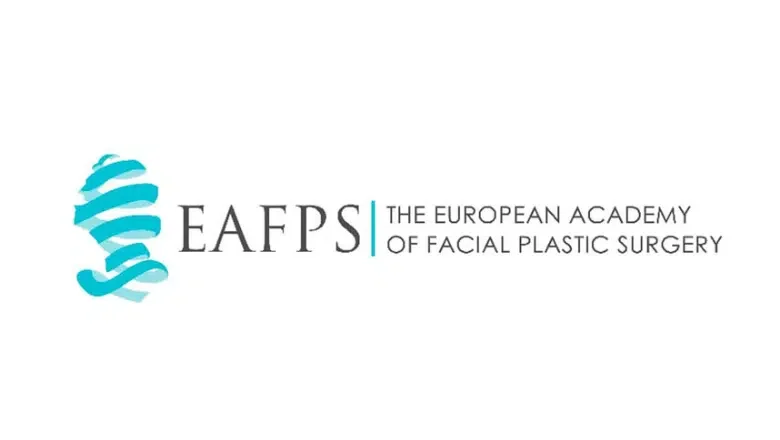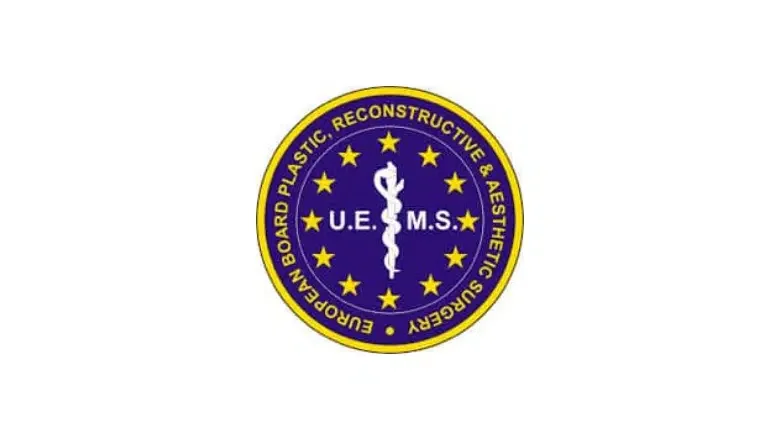Breathing freely through the nose is something many take for granted. However, for those with nasal valve collapse, every breath can feel like a struggle. Nasal valve collapse is a condition that obstructs the airflow through the nasal passages, making it difficult to breathe normally. This condition is not always well understood, and its symptoms can sometimes be mistaken for other nasal issues. It’s crucial to explore the causes, symptoms, and surgical options for this condition to understand how it can be effectively treated.
In addition, nasal valve collapse is often connected to other structural and functional issues of the nose, such as a deviated septum, enlarged turbinates, and nasal polyps. Each of these conditions contributes in different ways to nasal obstruction and often overlaps, compounding breathing difficulties. Comprehensive treatment often involves addressing these related issues to achieve the best outcome.
RELATED: Breathing Better: How Septoplasty and Turbinate Reduction Can Help
What Is Nasal Valve Collapse and Why Does It Occur?
The nasal valve is the narrowest part of the nasal airway and plays a key role in regulating airflow. It is formed by the junction of several nasal structures, including the lower lateral cartilage, the septum, and the floor of the nasal cavity. When this region weakens or narrows excessively, it can collapse, leading to significant breathing difficulties. The collapse may occur during inhalation or be persistent, depending on the severity of the condition.
RELATED: Common Reasons for a Collapsed Nostril and How It Happens
Several factors contribute to nasal valve collapse. For some, the problem is structural and congenital, meaning they are born with a narrow or weak nasal valve. For others, the collapse may result from trauma, such as a broken nose, or after surgical procedures like rhinoplasty, where too much cartilage is removed. Chronic inflammation caused by allergies or repeated nasal infections can also weaken the nasal valve over time.
RELATED: Narrow Nostril Surgery for Fixing Breathing Difficulties
Common Symptoms and When to Seek Help
The symptoms of nasal valve collapse can be subtle at first but tend to worsen over time. Individuals may experience nasal congestion that doesn’t respond to typical decongestants or sprays. They may also notice a feeling of obstruction that worsens during physical activity or while sleeping. Snoring, mouth breathing, and an inability to draw sufficient air through the nose are other common complaints.
One hallmark symptom of nasal valve collapse is a noticeable improvement in airflow when the sides of the nose are gently pulled apart. If this manoeuvre makes breathing significantly easier, it’s a strong indicator of the condition. Persistent nasal obstruction and difficulty breathing should prompt a consultation with a specialist, as untreated nasal valve collapse can lead to long-term issues, including poor sleep quality and reduced overall well-being.
Deviated Septum
While nasal valve collapse often gets the spotlight, other anatomical issues, like a deviated septum, can play a significant role in nasal obstruction. The septum is the thin wall of cartilage and bone that divides the nostrils. In an ideal scenario, it is straight, but for many, it’s slightly or significantly off-centre. A deviated septum can occur naturally during growth or as a result of trauma to the nose.
A deviated septum often narrows one side of the nasal passage, causing airflow imbalance. This can lead to chronic congestion, difficulty breathing, and even recurrent sinus infections. Those with a deviated septum may find that nasal valve collapse exacerbates their symptoms, creating a compounded issue that requires comprehensive treatment.
Enlarged Turbinates
Turbinates are small, bony structures inside the nose that are covered with soft tissue. They help warm, humidify, and filter the air we breathe. However, when the turbinates become swollen or enlarged, they can block airflow through the nasal passages. This condition, known as turbinate hypertrophy, is often caused by chronic allergies, irritants, or repeated nasal infections.
Individuals with enlarged turbinates may notice symptoms similar to nasal valve collapse, including nasal congestion, snoring, and mouth breathing. However, these symptoms often persist regardless of changes in body position. In cases where turbinate hypertrophy is present alongside a deviated septum or nasal valve collapse, treatment must address all contributing factors to restore normal breathing.
RELATED: Pros and Cons of Turbinate Reduction with Septoplasty
Nasal Polyps
Nasal polyps are soft, painless, and non-cancerous growths that develop on the lining of the nasal passages or sinuses. They often result from chronic inflammation, which may be triggered by asthma, allergies, or recurrent sinus infections. While small polyps may not cause noticeable symptoms, larger polyps can obstruct airflow and lead to significant breathing difficulties.
Symptoms of nasal polyps include a persistent blocked nose, reduced or lost sense of smell, and postnasal drip. When nasal polyps occur alongside nasal valve collapse, they can further compound airflow obstruction and require specialised treatment.
Diagnosing Nasal Valve Collapse and Related Conditions
Diagnosing nasal valve collapse is a precise process that involves a thorough examination of the nasal structures. An experienced surgeon or ENT specialist will often begin with a detailed medical history to understand the progression of symptoms and identify any contributing factors, such as previous nasal trauma or surgery. They may use tools such as nasal endoscopy to visualise the internal structures of the nose and assess the severity of the collapse.
Conditions like a deviated septum, enlarged turbinates, and nasal polyps are often diagnosed simultaneously, as they can be observed during the same evaluation. Imaging studies, such as CT scans, may be required in more complex cases to provide a comprehensive view of the nasal anatomy and guide treatment planning.
Surgical Solutions
When conservative treatments like nasal sprays, allergy management, or breathing exercises fail to improve symptoms, surgical intervention may be necessary. Surgery for nasal valve collapse aims to strengthen and widen the nasal valve to restore proper airflow. Various techniques are used depending on the underlying cause and severity of the collapse.
Nasal Valve Repair
Nasal valve repair often involves cartilage grafts to reinforce the weakened area. The surgeon may use cartilage from the patient’s own body, such as the ear or rib, to create a more stable nasal structure. This approach is highly effective and offers long-lasting results. The surgery is typically performed under general anaesthesia, and most patients experience significant improvement in their breathing.
Septoplasty
If a deviated septum is contributing to nasal obstruction, septoplasty may be performed alongside nasal valve repair. This procedure straightens the septum by reshaping or removing the crooked portions of cartilage and bone. The combination of septoplasty and nasal valve repair ensures that both structural and functional issues are addressed simultaneously.
Turbinate Reduction
For individuals with enlarged turbinates, turbinate reduction surgery can improve airflow. This procedure involves shrinking the swollen tissues, either through radiofrequency energy, laser treatment, or surgical removal. The goal is to preserve the turbinates’ essential functions while eliminating the obstruction they cause.
Polypectomy
When nasal polyps are present, a polypectomy may be performed to remove the growths. This is often done using minimally invasive techniques, such as endoscopic surgery, which allows the surgeon to access and remove polyps with minimal disruption to surrounding tissues.
Recovery and Long-Term Outcomes
Recovery from nasal surgery varies depending on the specific procedure performed. Most individuals can return to light activities within a few days, but full recovery may take several weeks. During this time, patients may experience mild swelling, congestion, or discomfort, which can be managed with prescribed medications.
The long-term outcomes of surgical treatment for nasal valve collapse, deviated septum, and related conditions are typically excellent. Patients often report significant improvements in their ability to breathe, sleep, and engage in physical activities. A comprehensive approach that addresses all contributing factors ensures the best possible results.
A Minimally Invasive Solution for Nasal Valve Collapse: The LATERA® Procedure
A modern, minimally invasive solution to treating nasal valve collapse is the LATERA® procedure. This innovative treatment has helped many people experience significant improvements in their breathing and overall quality of life.
What Is the LATERA® Procedure?
The LATERA® procedure involves the placement of a small, absorbable implant inside the nasal wall. The implant works by providing additional support to the cartilage, which helps to keep the nasal airway open. By doing so, it effectively reduces the symptoms of nasal obstruction.
Clinical studies have shown that two years after having the procedure, most patients still experience a 60% reduction in symptoms such as nasal blockage and difficulty breathing. The procedure is safe, minimally invasive, and can deliver long-term relief for those struggling with nasal valve collapse.
The benefits of LATERA® go beyond reducing nasal obstruction. Patients report that they can breathe more freely and feel less nasal stuffiness or congestion. Many also find it easier to get enough air through their noses during exercise or physical activity, and they often experience improved sleep quality.
How Long Does the LATERA® Implant Last?
The LATERA® implant is designed to be absorbed by the body over time. Typically, the implant dissolves after about 18 months. However, as it is absorbed, the body begins forming collagen in the treated area. This collagen provides structural support and ensures that the benefits of the procedure continue even after the implant is gone.
Patients have reported sustained improvements in their nasal breathing and overall quality of life for several years following the procedure. The gradual absorption of the implant and the development of collagen make this a reliable long-term solution for nasal valve collapse.
How Soon Do the Benefits of LATERA® Begin?
The improvements from the LATERA® procedure are not immediate but develop steadily over time. Many patients begin noticing a difference in their breathing within weeks of undergoing the procedure. These benefits continue to improve over the following months as the implant settles and collagen formation begins. By the time the implant is fully absorbed, patients often report significant and lasting relief from nasal obstruction.
Who Is Suitable for the LATERA® Procedure?
The LATERA® procedure is designed for individuals who are struggling with nasal valve collapse and chronic nasal obstruction. If you’re unsure whether you are a good candidate, consider the following questions:
- Have you been diagnosed with nasal valve collapse by a medical professional?
- Do you experience persistent nasal congestion that hasn’t improved with traditional treatments like sprays or medication?
- Does your nasal breathing feel easier when using nasal strips or other external supports?
- Do you find that nasal congestion interrupts your sleep or makes it difficult to rest comfortably?
- Do you struggle to get enough air through your nose during physical activity?
If you answered “yes” to one or more of these questions, the LATERA® procedure might be an effective option for you. Consulting with a specialist can help determine whether this treatment is the best choice based on your specific condition and symptoms.
About Centre for Surgery
At Centre for Surgery, we are dedicated to helping patients breathe freely and live comfortably. Our team of highly skilled surgeons specialises in advanced nasal and facial procedures, including treatments for nasal valve collapse, deviated septum, enlarged turbinates, and nasal polyps. With a patient-focused approach, we combine the latest surgical techniques with personalised care to deliver exceptional results.
We understand that every patient’s needs are unique, and we take the time to create customised treatment plans that address both the functional and aesthetic aspects of nasal health. We are committed to ensuring a seamless and positive experience from initial consultation to post-surgical care.
Our state-of-the-art facility utilises cutting-edge technology to provide the highest standard of care. Whether you’re seeking relief from chronic nasal obstruction or looking to improve your overall quality of life, Centre for Surgery is here to help. Breathe easier and live better with our expert care.

